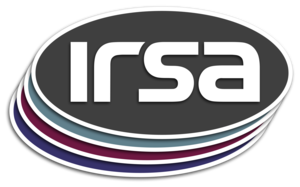The Herschel Orion Protostar Survey (HOPS, KPOT_tmegeath_2) is a sample of 410 young stellar objects (YSOs) in the Orion molecular clouds, selected from Spitzer data. Most objects have near-infrared photometry from 2MASS, mid- and far-infrared data from Spitzer and Herschel, and submillimeter photometry from APEX; thus, the SEDs cover 1.2 - 870 microns and are used to classify the sample into protostellar classes. Of the 410 YSOs, 330 have Spitzer and Herschel data and are mostly protostars; the remaining objects include likely extragalactic contaminants and faint YSOs. Using mid-IR spectral indices and bolometric temperatures, the sample of 330 YSOs is classified into 92 Class 0 protostars, 125 Class I protostars, 102 flat-spectrum sources, and 11 Class II re-main-sequence stars. HOPS also implements a simple protostellar model (including a disk in an infalling envelope with outflow cavities) to generate a grid of 30,400 model SEDs and uses it to determine the best-fit model parameters for each protostar.
This table contains the SED class, bolometric luminosity and temperature, mid-IR spectral index, and best-fit model parameters for the 330 YSOs with Spitzer and Herschel data.
This dataset or service is made available by the Infrared Science Archive (IRSA) at IPAC, which is operated by the California Institute of Technology under contract with the National Aeronautics and Space Administration.




